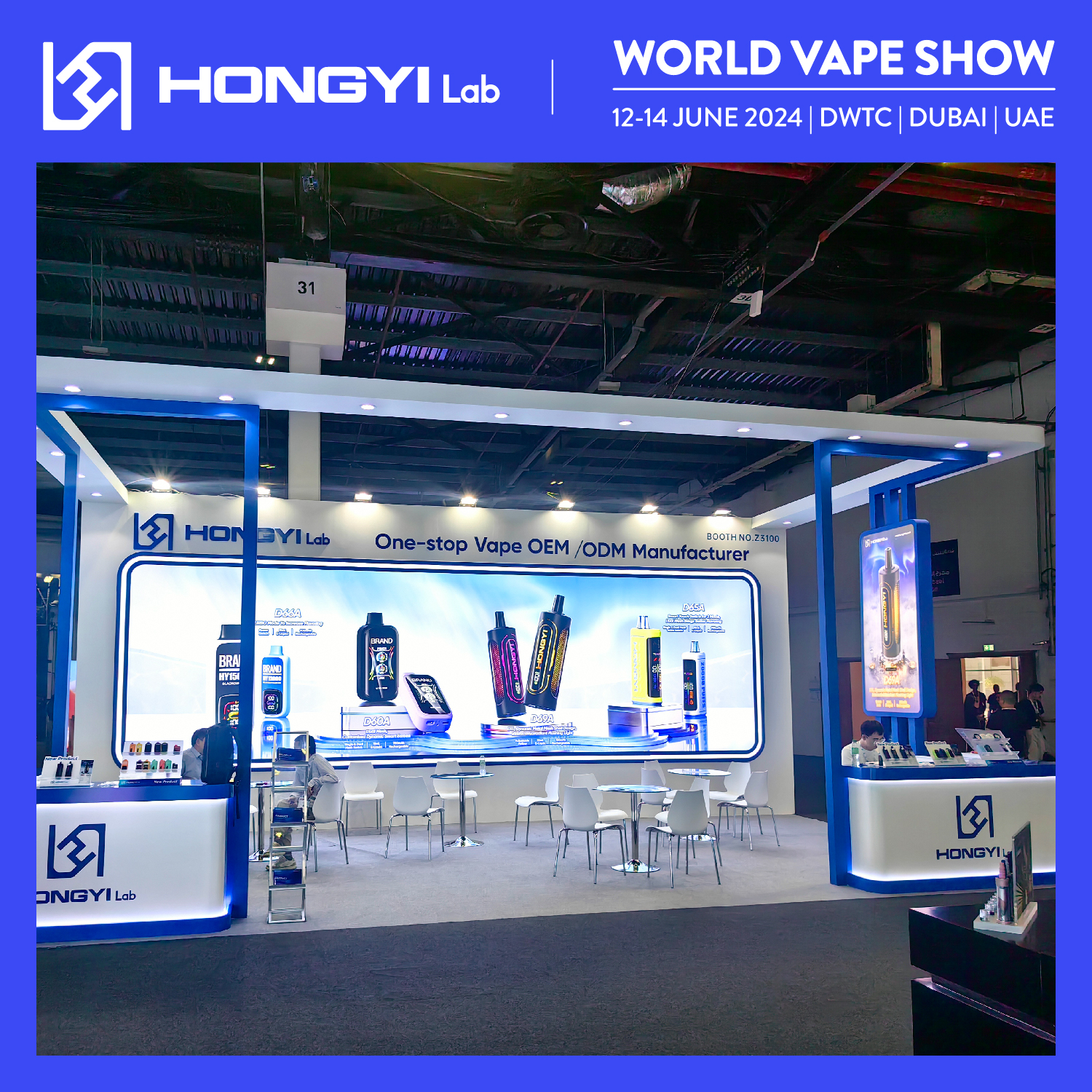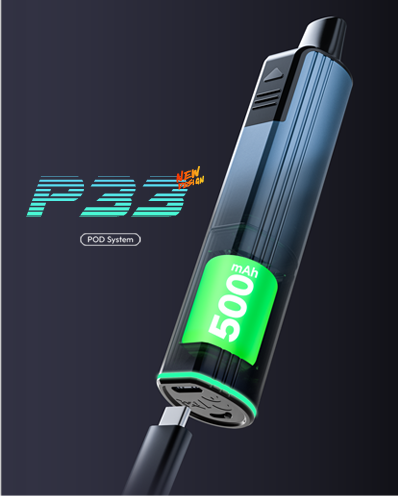WARNING: This product contains nicotine.
Nicotine is an addictive chemical.
Judging from the current market conditions in various countries, the industry seems to have once again entered a state of fog: various one-time bans have been issued one after another, but at the same time, various product forms have emerged to break through the shackles; PMTA has gradually lost trust in the US market, but on the other hand, dozens of states have promoted the PMTA registration bill and taken over the law enforcement power from the state level.
How does the market impact reflect on the upstream supply chain? These issues have revealed a lot of details in the annual report exchange minutes of a leading domestic OEM company that leaked some time ago. This tweet will combine the above details with recent trends for everyone to sort out.
First, from the category point of view, the trend in 2024. Although the current policies in Europe and the United States seem to be trying to limit one-time use, there is still uncertainty in the rhythm and method. But putting aside these factors, the growth momentum in 2024 will still come from one-time use. Under the premise of an overall increase in market volume, one-time use will also grow more, and the cartridge-changing type may be squeezed out.
Of course, the "cartridge-changing type" here is considered to refer more to the "Has the small-capacity cartridge-changing type come to an end? 》The "small-capacity cartridge-changing type" we mentioned - the cartridge capacity is about 2ml, and the host is a type of cartridge-changing product with a rod shape.
This is also reflected in this communication memorandum, which clearly states that the proportion of traditional tobacco companies' ODM business in the entire business is currently declining. In addition, the original domestic YK accounted for a very large proportion, but now it accounts for a very small proportion. In general, due to the one-time track overseas, products and channels have been further diversified, and the proportion of major customers is relatively decreasing.
According to this communication memorandum, price reduction cannot solve the problem. What is urgently needed is product updates and differentiation - we have also analyzed this issue before. The small-capacity cartridge-changing design is based on the extension of the cartridge. Not only should the design of the plug-in structure be considered, but also the compatibility of the updated and upgraded cigarette rod should be considered. There are too many restrictions, and the update and iteration speed is obviously not as good as the one-time.
So, for the upstream, how to make the current layout. Let's talk about the situation first. The minutes mentioned that although the UK currently has a one-time ban, the impact has not come so quickly. From the channel side, it has not yet completely started to clear inventory and promote product conversion, but the upstream manufacturers have already made arrangements in advance - mainly cartridge-changing and open-type.
In addition to the already very mature open-type, the minutes focused on two types of products - large-puff cartridge-changing and structural innovation products. The large-puff cartridge-changing here is actually the "one-time definition extension" type of product mentioned many times before by Gewu Consumption.
Regarding this point, ELFBAR EB1200 is a 2in1 disposable product with 2 2ml cartridges built in, which meets the TPD standard and can switch between different cartridges by rotating the nozzle 180°; structural innovation products are automatic oil filling products, with a built-in 2ml oil tank and a 10ml oil tank, and a total oil filling volume of 12ml, which can also meet the relevant standards.
Finally, it is worth noting the current upstream views on PMTA. According to the statement in the minutes, the biggest problem of the FDA is no longer its attitude towards flavored e-cigarettes, but that it will lose the right to speak in the regulation of e-cigarettes in the United States if it does not really land and enforce the law.
This actually means two things:
1. Many parties in the United States are dissatisfied with the FDA, which has resulted in the various administrative orders of the FDA remaining on paper;
2. Facing the US regulatory environment, e-cigarette companies basically have their own set of strategies and have not been blocked in the true sense;

Are you of legal age at your region to enter this site?




